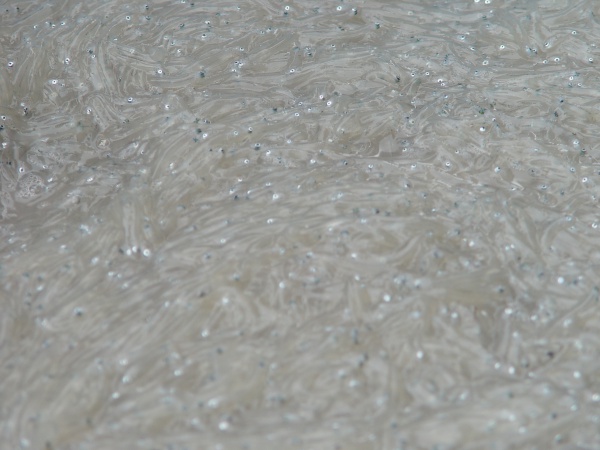Facts About Whitebait
Whitebait refers to the small, tender, and edible fry of various fish species, typically measuring between 1 and 2 inches in length. These diminutive fish are considered a delicacy in many parts of the world and are consumed whole—head, fins, bones, and all. The practice of catching whitebait, known as whitebaiting, typically involves the use of fine-meshed fishing nets.
Whitebait often includes the young of several significant food species such as herring, sprat, sardines, mackerel, and bass. Because harvesting these juvenile fish can have environmental impacts, many countries enforce strict regulations to control whitebait fishing.
The type of whitebait and its preparation methods vary by region. In Australia, whitebait refers to the juvenile stage of various galaxias species. In China, whitebait is often farm-raised and exported as "silver fish." In Italy, gianchetti, the whitebait of the pesce azzurro, are incorporated into various traditional dishes.
In Japan, shirasu and chirimen-jako are popular foods made from juvenile anchovy, herring, and sardine. In New Zealand, whitebait are the young of galaxiid species, captured as they migrate into freshwater habitats. Whitebaiting in New Zealand is a seasonal activity with strict rules to protect fish populations.
In the United Kingdom, whitebait usually refers to the fry of Clupeidae fish, often herring. It is typically served deep-fried with a squeeze of lemon juice. Whitebait has been a popular dish in England since at least the 17th century.
In Puerto Rico, traditional fishing for whitebait, known as cetí, remains popular. Young eels, or elvers, are also considered a delicacy but have become more expensive due to environmental changes affecting eel populations.

 Ireland
Ireland